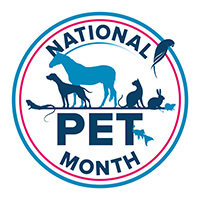Puppy and Kitten Training: Starting Off On The Right Paw
This week National Pet Month is talking about Behaviour – one of the five key welfare needs of our pets – so here’s our top training tips for ensuring our young animal companions start off on the right paw.
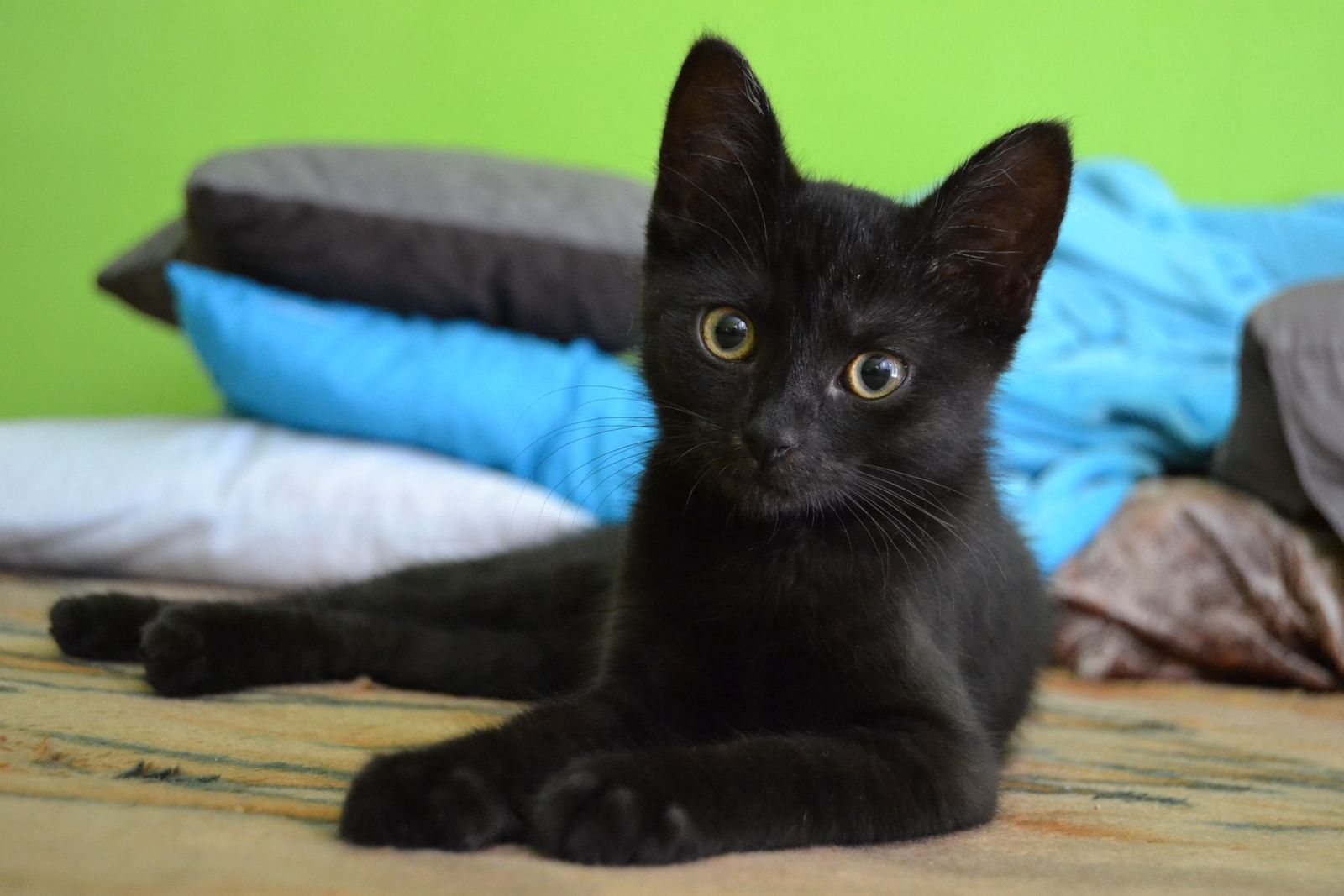
Introducing a new kitten or puppy into our homes is a big life moment, so when it happens it’s important we take the time to ensure our new arrivals receive the very best support and training possible.
A good starting point is to have a chat with your local vet or pet professional before the big day, either face-to-face or by checking out some of the many online resources available from UK pet organisations.
All of them have plenty of fact sheets and downloadable resources to help you through the process of training your pet, so there’s plenty of opportunity to do your homework before you take on your new animal companion.
The Kitten Checklist is a must as it includes everything you need to find a healthy, friendly kitten and helps you avoid some of the pitfalls.
Endorsed by a wide range of pet professionals, it is packed full of useful tips to help your new arrival get the best start in life with you. Take a look here.
If you’re training a new puppy, start with the basics.
Toilet training is quite simple when you take the time to get into a good routine with your young pup.
To begin with, build your routine around your puppy’s needs, says The Kennel Club. “You may find it useful to keep a record of when your puppy eats, sleeps, urinates and defecates. A simple diary list will do.”
Try repeating cue words like ‘wee wees’ or ‘be busy’ while your puppy is urinating or defecating. It’s important to use different words for each action so you can prompt the puppy when needed later on.
Sometimes a young puppy will not toilet when out on a walk, yet goes to the loo when they’re back home. This may be because a puppy has been taught to toilet only at home.
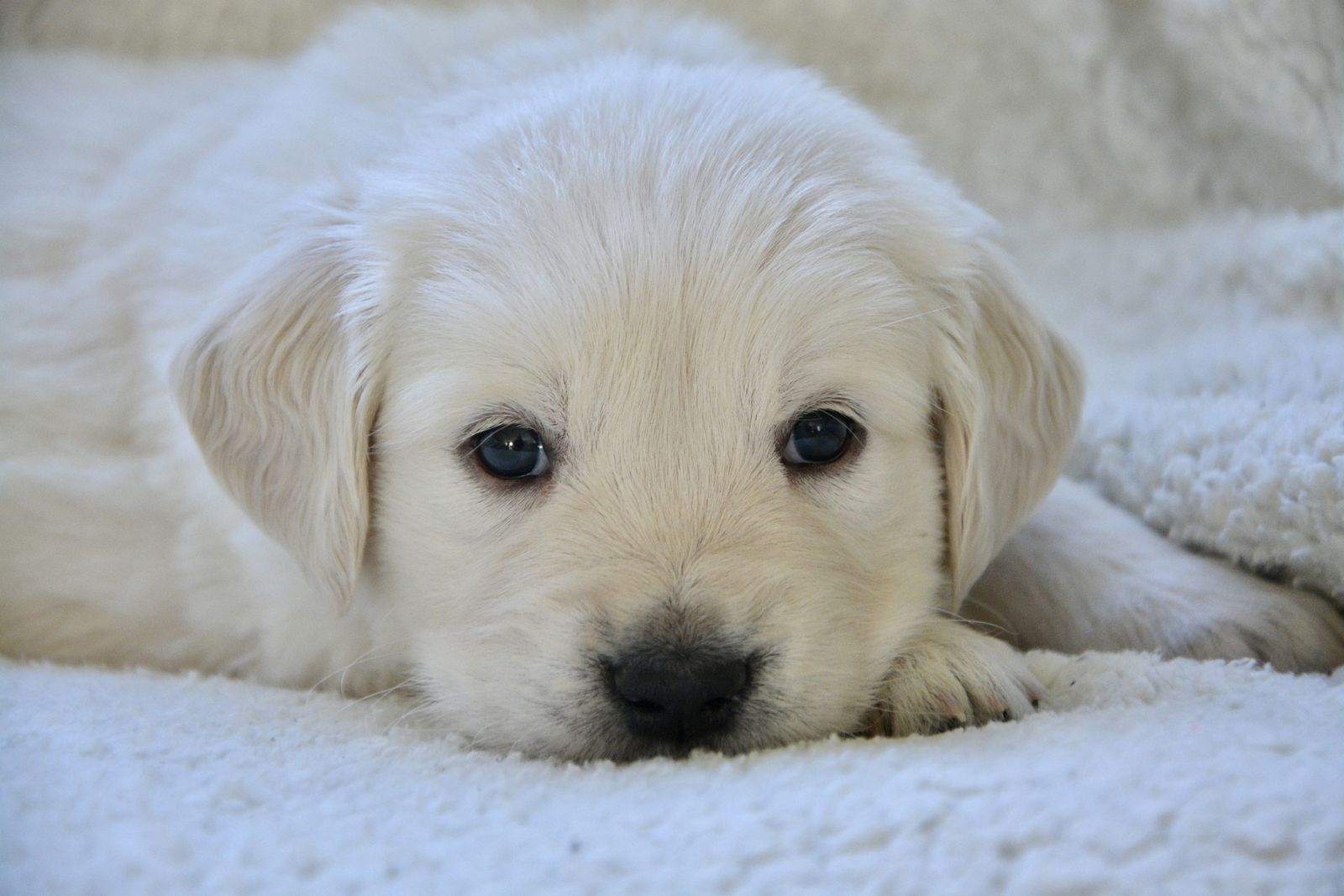
“Being creatures of habit, they often wait until they have returned home before evacuating their bladder and/or bowels,” says The Kennel Club.
“To break this habit, you’ll have to get up very early one morning (when you have plenty of time) and get your puppy out on a walk before they have had their morning wee. You should not bring them home until they have been forced to go out of desperation. If, however, you are unsuccessful, and your puppy has not toileted, then take them immediately into the garden on your return, or you risk them relieving themselves indoors.”
For more information check out here.
Remember that dogs learn by making positive associations. So, for example, if your pup is always given their favourite treat when they sit, they’ll associate sitting with their favourite things.
Equally, any behaviours you don’t want your dog to repeat should be ignored. Instead focus on teaching them a behaviour you can reward such as sitting to receive attention, instead of jumping up for attention.
You also need to work out what motivates your dog so you can offer a suitable reward. As Battersea says in their training advice: “Rewards come in all shapes and sizes” and so what motivates them can change throughout the day.
“First thing in the morning being let out to go to the toilet is rewarding, but once that’s done, the biggest reward might be breakfast,” they say. “Out on a walk, when they are active, playing with toys may be the best reward for coming back to you. Work out what motivates your dog at different times and training will become much easier.”
Sometimes our dog may perform a behaviour we don’t want them to repeat, but we can’t ignore. When this happens, trying to distract them with another behaviour, such as asking them to sit, can help.
It’s important that the behaviour you ask for is incompatible with the undesirable behaviour, such as using a down command if a dog is jumping up at you.
Battersea explains: “Ideally you then want to pre-empt the undesirable behaviour and ask for the incompatible one first, so you can focus on positives.”
Good training for our canine companion is all about good timing too. The timing of a reward is crucial for effective communication with your dog as bad timing can encourage unwanted behaviour.
Battersea says: “For example, if your dog barks at the front door and you throw food to distract them, you may end up encouraging the barking because it is being reinforced by the food.
“Delivering the reward as soon as your dog has completed the desired behaviour will help them to understand what you want. For instance, if you are teaching your dog to sit then you would need to be quick so that you reward when your dog is still sitting rather than when they’ve just got up.”
Clicker training can be used to ‘mark’ desired behaviours. It involves using a small box or clicker, that makes a very clear, short sound to highlight the good behaviour and is a training method that relies on consistency, repetition and positive reinforcement.
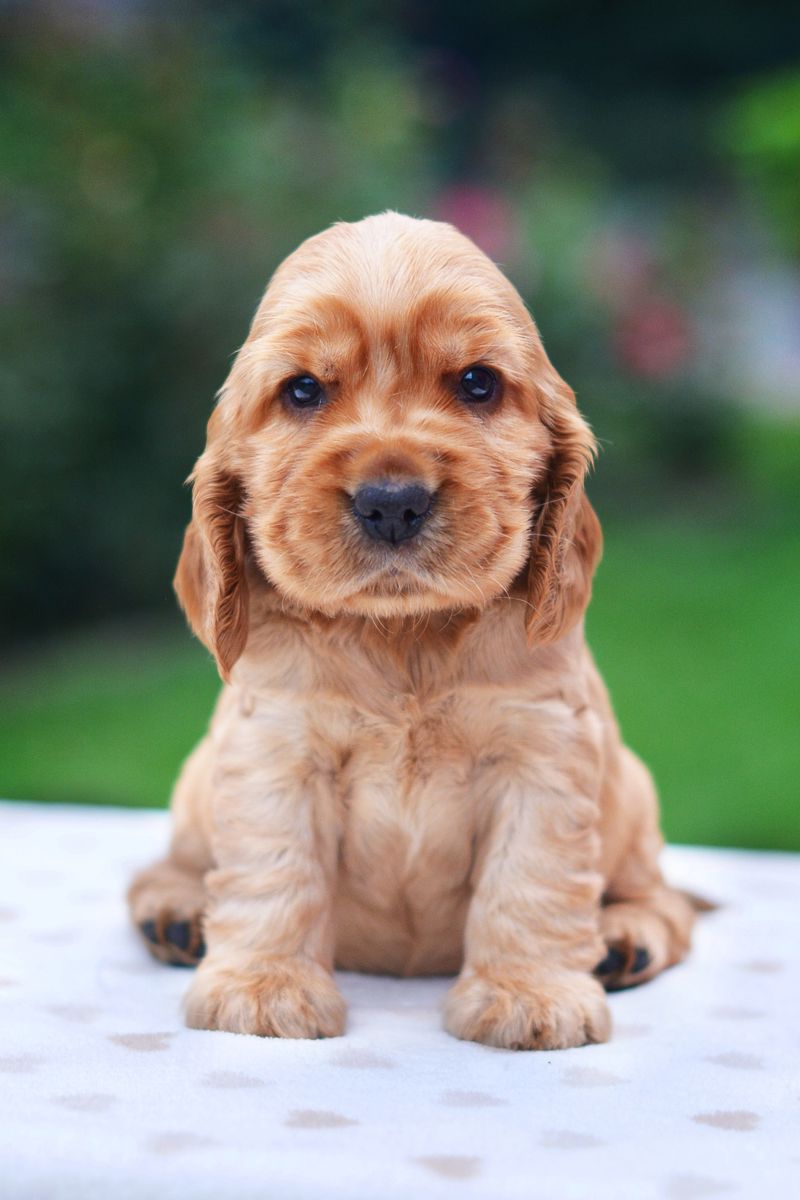
Training in this way gives your dog a clear signal that they’ve got it right and a reward is on its way. Once they understand that the click marks correct behaviour, it can be used to train many things.
As some dogs may be frightened by the click sound, there are many different clickers available, some with adjustable volumes.
Check out here for more information.
As with all training, consistency is key. Once your dog is consistently performing a desired behaviour then it’s not always necessary to use food each time. Remember, providing your dog with a healthy and balanced diet is important so don’t fall into the trap of providing too many food incentives.
Introducing them to different types of rewards such as verbal praise will also keep them interested in the task at hand.
“If they do something exceptionally well (either very quickly, or in a more distracting situation) you can give them a bigger ‘jackpot’ reward, like cheese or chicken as well as lots of enthusiastic praise,” says Battersea. “This technique keeps your dog motivated and excited to do well.”
Cats benefit from early training too. Although more independent than dogs, it’s important to train your kitten so they adopt the right behaviour from an early age and learn the rules of sharing a home with other people and animals.
When a new kitten comes into our lives, it’s an exciting time for us and our new feline companion, so after time for settling in and acclimatisation, it’s important we work with them to encourage positive behaviour.
As we all know, kittens love to play. They play hard and then they’re very often ready to sleep.
It’s good to encourage our cat to play with different toys, including ones they can interact with alone, such as circuit ball toys, and ones that you can use together, says Cats Protection.
“Fishing rods are always a winner, but always make sure your kitten is supervised.
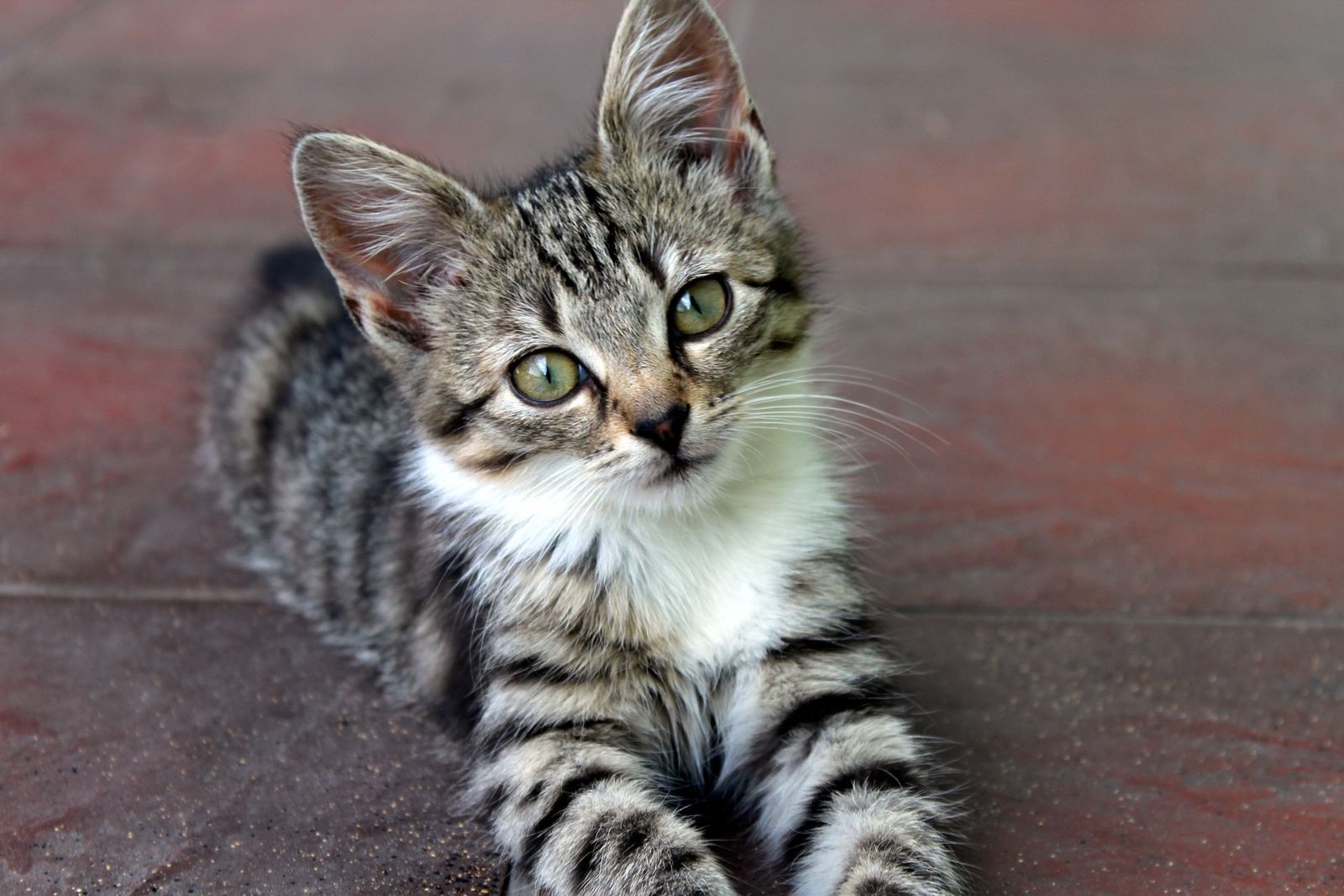
They add: “Rotate the types of toys that your kitten is using so that they don’t get bored. If you notice that your kitten is showing predatory behaviour (stalking, pouncing, jumping, biting, or clawing), then they might be bored - you can distract them from this by using toys for physical and mental enrichment.”
Although it’s tempting to use your fingers or toes to play with your kitten, don’t.
“If they believe this is an acceptable form of play, you may end up with a few injuries when they’ve grown into an adult cat!” warns Cats Protection.
“This type of inappropriate play is very common in kittens. So, it’s important to teach them by using positive reinforcement and not by telling them off. Ignore unwanted behaviours, so as to not inadvertently encourage them by reacting. If they are using your feet as a toy, stay completely still so that they are no longer ‘prey’.”
Your kitten also needs to learn about boundaries. Although a tiny bundle of fluff is so cute, part of their socialisation needs to be learning and understanding what is acceptable and positive behaviour in their new home.
“If your kitten behaves in a naughty way, don't tell them off - ignore them for a little while,” says Cats Protection.
“Make sure you praise their good behaviour and give them lots of positive reinforcement including rewarding them with playtime and treats. Most importantly, be consistent with your boundaries and ensure your other family members are doing this too.”
During the settling in period, start to build in routines for your kitten and work on response training. For example, get them used to the sound of you shaking a food tin. Once they recognise the sound and associate it with food, you can use it in the future to get them back indoors. Handy when you need to locate them quickly.
Most kittens will learn basic toilet training by watching Mum. However, if your kitten is unsure, they may need some help and encouragement from you.
Remember your kitten may need the toilet after meals and on waking. Look out for tell-tale signs like floor sniffing, scratching or beginning to crouch.
If your kitten messes around the house it may be that they’ve been given too much access to your house too quickly.
Remember a kitten’s bladder is tiny so it may be that they’ve got ‘caught short’ if exploring away from their litter tray.
In this case, it may be a good idea to have a couple of trays down in a few key areas or keep them in one area until they are using the designated tray regularly.
Kitten sized trays to begin with make it easier for your youngster to get in and out of, but can be replaced with a bigger version as your cat grows. Covered trays may be an option for your older cat later as they give more privacy.
Check out Blue Cross’ top tips on how to train your kitten to use their litter tray.
Throughout their life, every pet will need to see the vet, so an important part of their training is to ensure that they are comfortable being handled and with travelling. This will help make their vet visits easier.
Cats Protection have some great advice on this here.
It’s also important to ensure your kitten is used to travelling in a cat carrier.
Here’s some advice from Cats Protection on how to choose and use a cat carrier
Woodgreen has also created a handy guide on how to train your cat to enter a carrier here.
And Dogs Trust have some excellent tips on how to teach your puppy to be comfortable at the vet too.
Remember, there are many different ways to train your pet. These are just a few methods of teaching. If you are ever in doubt, please seek advice from your local veterinary and pet professionals.
What’s it been like training your kitten or puppy? Tell us your #PetPawsitivity stories and send us your pics. We’d love to hear from you.
